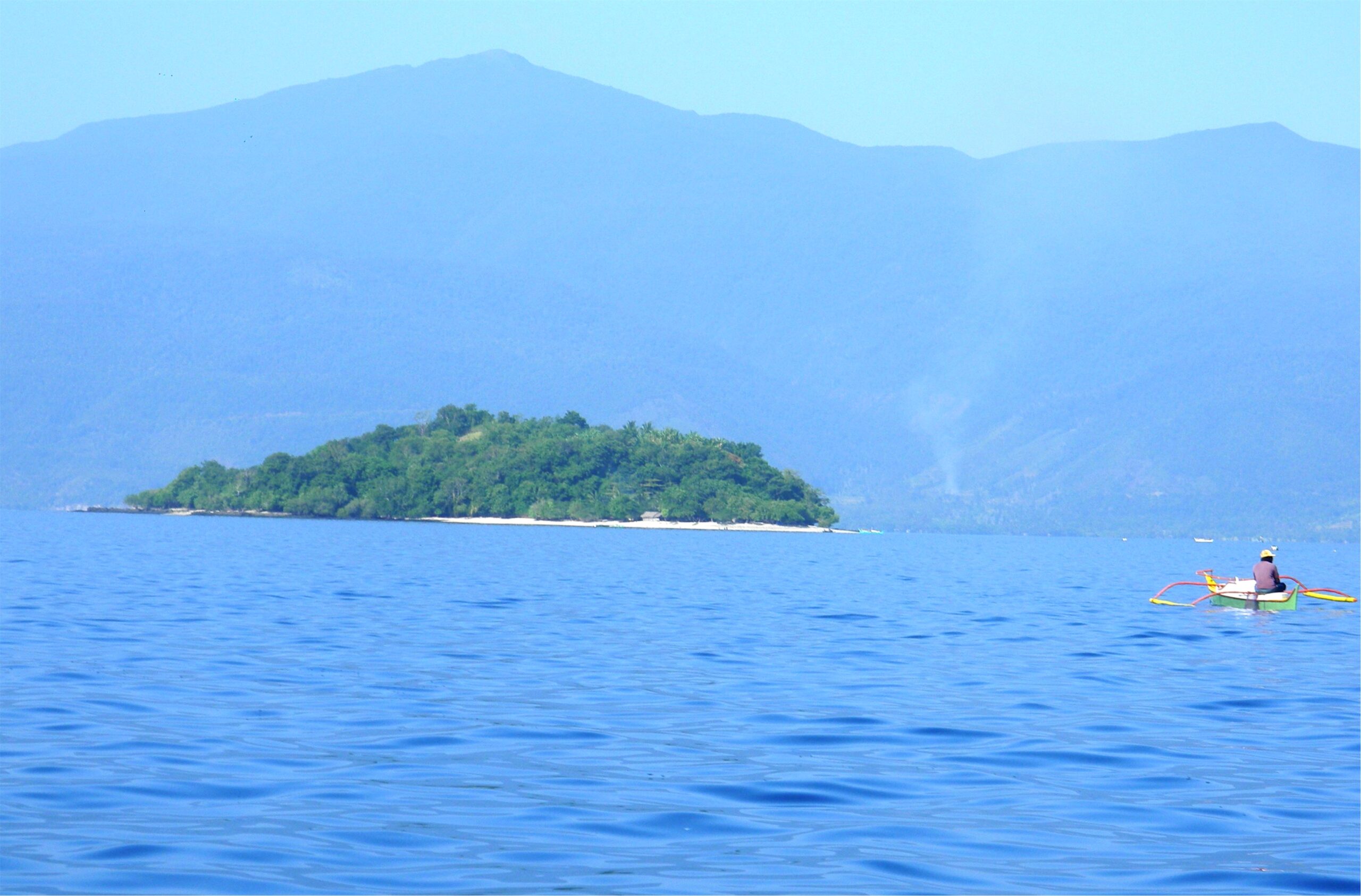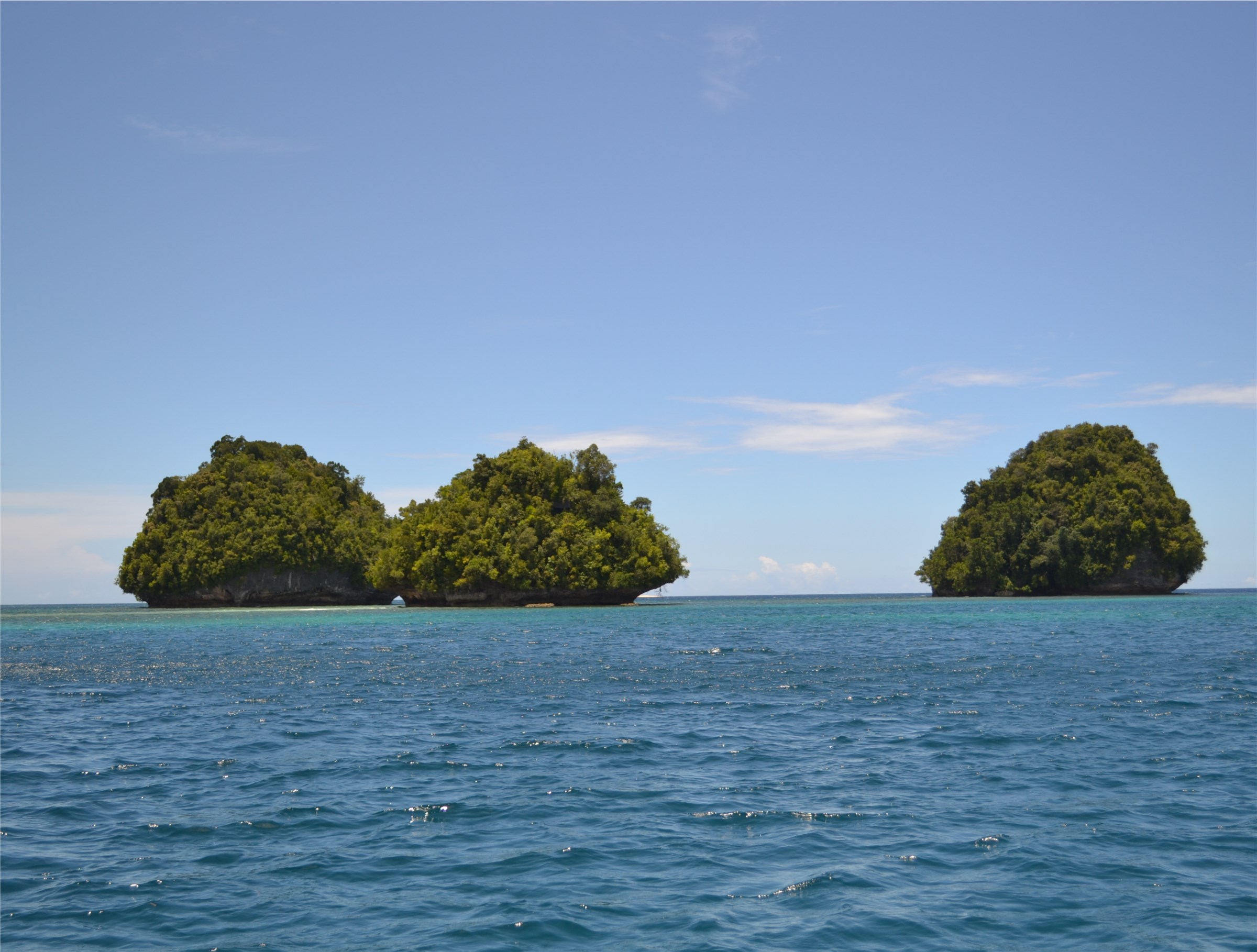Text and Photos by Henrylito D. Tacio
“Why should I care about the ocean? People don’t drink salt water. I can’t swim, I don’t eat fish, I don’t like boats and – I get seasick. If the ocean dried up tomorrow, what difference would it make? Who needs the ocean?”
A young reporter from Australia posed this question to Dr. Sylvia Earle, a well-known oceanographer and founder of Deep Ocean Exploration Research. At first, she was indignant, then she glimpsed a suppressed smile and played along. “Okay,” she told him. “Get rid of the ocean and what would Earth be like? Probably a lot like Mars. Cold, barren, inhospitable.”
Oceans, where life first evolved 3.5 billion years ago, cover more than 70% of the world’s surface (70.8%, to be exact). They wrap around the planet like an insulating blanket, making it possible on Earth today.
The world’s oceans include the coastal zones and the marginal and semi-enclosed seas. Separate names are used to identify five different areas of the ocean: Pacific, Atlantic, Indian, Southern (Antarctic), and Arctic.
“Oceans are the engines that drive the climate, defining weather and storing huge quantities of solar energy,” explained Don Hinrichsen, a noted American environmental journalist. “They also make up the liquid heart of the planetary hydrological cycle, enabling roughly 430,000 cubic kilometers of water to evaporate every year.”
Despite their “limitless” expanse, oceans are under human assault. “Today,” remarked Hans Jonas, the great philosopher who developed the ‘Principle of Responsibility,’ “mankind is a bigger threat to the sea than the sea has even been to mankind.”
News magazine Time reverberates: “Without healthy seas, humanity would be doomed. Yet, we keep on destroying our most precious resource before we even know what we are losing.”
For ages, the sea seemed to be beyond man’s power to alter it in any way. Lord Byron said it best when he wrote: “Roll on, thou deep and dark blue ocean – roll! Man marks the earth with ruin – his control stops with the shore.”
Not anymore. “The facts are clear,” said then United Nations Secretary-General Kofi A. Annan during the World Environment Day celebration in 2005. “The world’s seas and oceans are becoming increasingly tainted by untreated waste water, air-borne pollution, industrial effluent and silt from inadequately managed watersheds.”
“Once thought to be so vast and resilient that no level of human assault could damage them, the oceans are now crying out for attention,” said the Washington, D.C.-based Worldwatch Institute.
The statistics are astounding. An estimated 21 million barrels of oil run into the oceans each year from street runoff, effluent from factories, and from ships flushing their tanks, the United Nations Environment Program (UNEP) reported.
“Over the past decade, an average of 600,000 barrels of oil a year has been accidentally spilled from ships,” UNEP pointed out. That’s the equivalent of 12 disasters the size of the sinking of the oil tanker Prestige in 2002.


Unknowingly, eighty percent of all pollution in seas and oceans comes from land-based activities. Forty percent of the world’s population lives within 60 kilometers of a coast. Most of these people consider the oceans as their common sewer.
“Many parts of the world have no sewerage systems, and beaches or open water courses are used as toilets,” noted the World Resources Institute (WRI), also based in Washington, D.C. “Even where sewerage systems are available, the untreated wastes are usually piped into the rivers or the sea, often with industrial effluents and storm runoff added.”
As a result, harmful algal blooms – caused by an excess of nutrients – have created nearly 150 coastal deoxygenated “dead zones” worldwide, ranging from one to 70,000 square kilometers.
Algal blooms are oftentimes deadly. Take the case of the red tide, which scientists thought to be entirely natural events. In the Philippines, the red tide phenomenon was first reported in 1983. But since then, it keeps coming back. Medical experts call it paralytic shellfish poisoning.
“The increase in blooms and their toxicity has created problems for fishers and consumers of sea products,” says Nicholas Lenssen, author of the Worldwatch report. In the Philippines, implicated transvectors include mussels, oysters, clams, and other local varieties.
Every time the red tide returns, it decimates the shellfish and fishing industry. This phenomenon, experts claim, is “basically a symptom of a greater problem (that) we, as a nation, must address – the problem of environmental pollution.”
Marine litter is killing up to a million seabirds and 100,000 sea mammals and turtles each year. Thanks to plastics. “Plastics persist for up to 50 years and, because they are usually buoyant, they are widely distributed by ocean currents and wind,” the WRI notes.
Another threat that may destroy the future productivity of the seas: is overfishing. “More than 70 percent of the world’s marine fisheries are now fished up to or beyond their sustainable limit,” said Klaus Toepfer, former UNEP executive director.
How can we solve the assault of the Earth’s only life-support system?
“The only way to stop the degradation of the marine environment… is to share the solutions, just as we share the oceans,” recommends former American vice-president Al Gore. “We are all accountable for our own actions. The way in which we live, today affects the way in which we live tomorrow, and the resources that sustain us are finite….”

